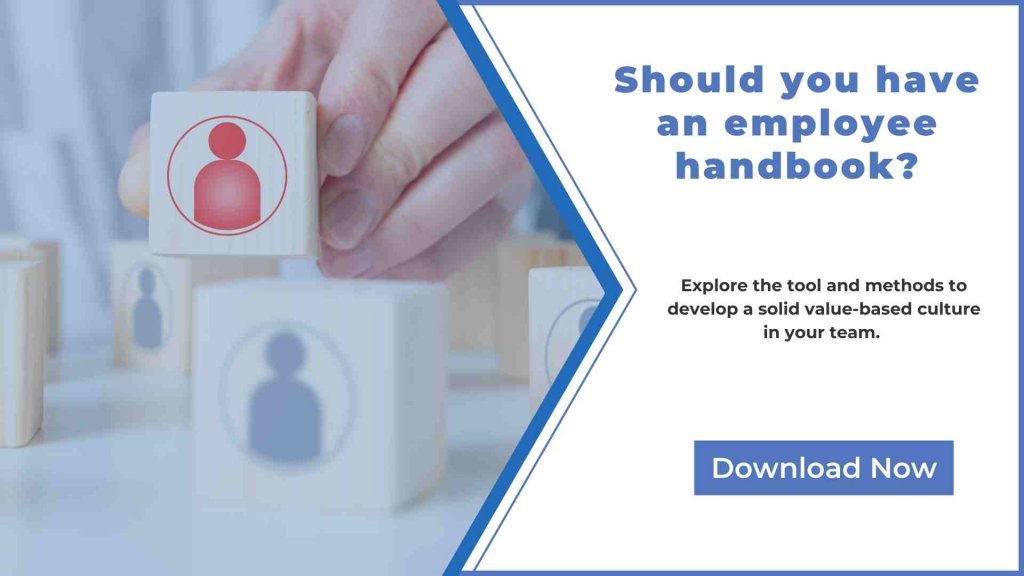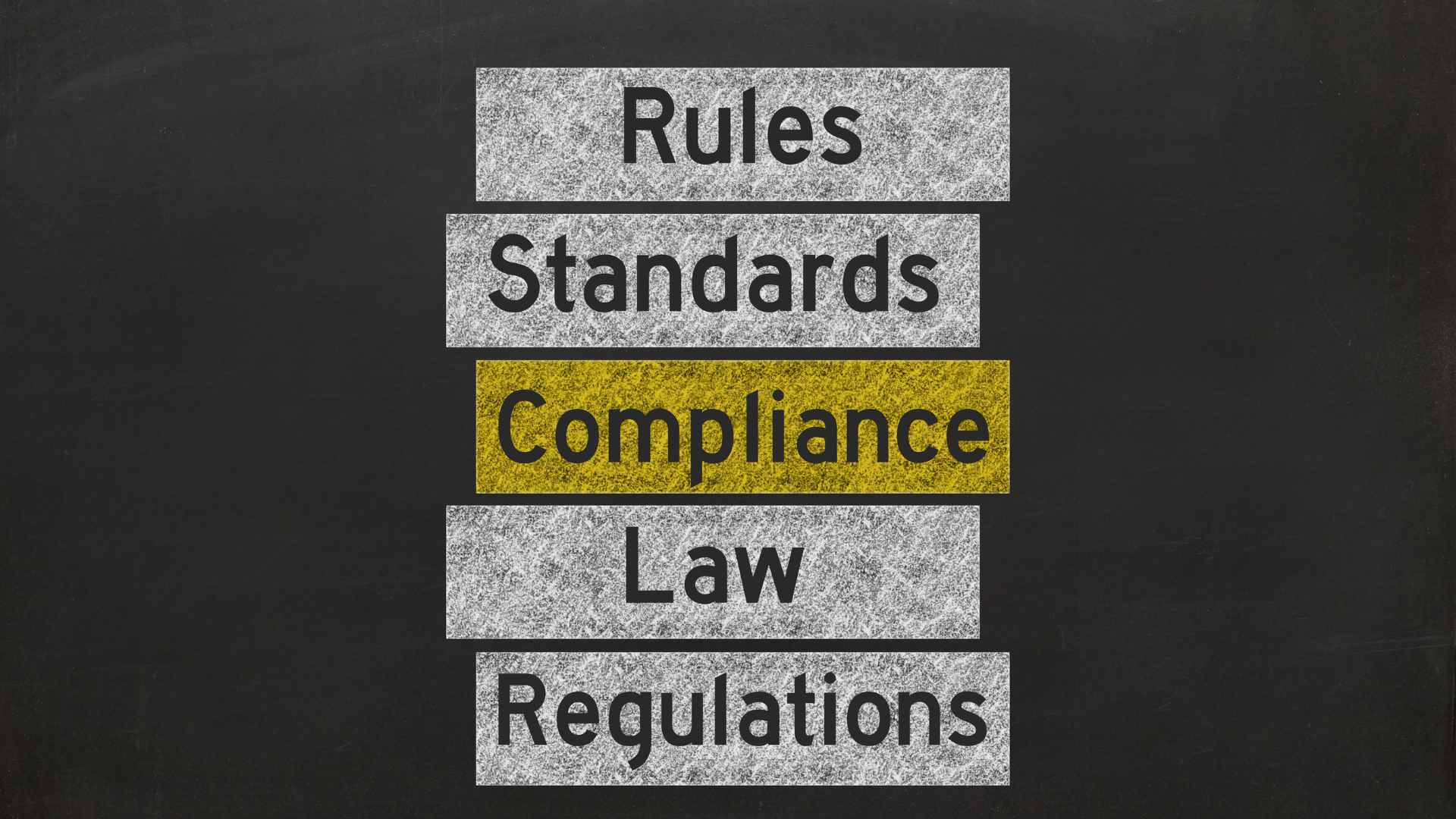VIEW BY TOPIC
- Finding Customers
- Business Systems
- Managing Employees
- Leadership
- Managing Money
Related Posts

Ready to Grow Your Business Fast?
Here’s How I Grew Five Businesses, and Eventually Sold One to a Fortune 500 Company.

How Do You Discipline and Keep Good Employees
Contrary to popular opinion, there are various ways to discipline employees. If you have employees, there will be a need to handle problematic behaviors or performance – such as tardiness, incomplete work, conflicts, or a bad attitude.
For many business owners and managers, addressing these problems is often their most uncomfortable and weighty task. Progressive ways to discipline employees can be awkward and involve substantial planning, paperwork, and politics.
Realistically, permanent employees, or any staff member such as consultants and temps, are humans; therefore, prone to making mistakes and missteps. Developing a proper approach to handling these kinds of problems should be done with consideration toward the company’s best interests, the employee’s, and, in the end, your customers.
Does a disciplinary approach work for or against you?
Progressive discipline generally starts with a verbal reproach, followed by a written warning, and ends with termination. Companies commonly use this approach to discipline employees and to document discipline issues and protect them in legal matters (like lawsuits and unemployment claims).
Unfortunately, this approach to handling a performance problem has detrimental effects as follows:
- It often results in only temporary changes in behavior or performance.
- It can cause additional problems in the employee’s (and other staff members’) morale and attitude.
- It serves only to punish, not to correct disciplinary problems.
- It may lead to the exit of a valuable employee in whom the company has invested time, money, and resources.

An Alternative to Disciplining Employees
A more conscientious alternative way to discipline employees’ issue is the “progressive coaching” approach – which also involves communication and education to find a solution. This highly-cooperative method offers significant benefits:
- It helps resolve instead of just documenting poor behavior or performance.
- It builds mutual respect and appreciation.
- It helps prove the company’s commitment to its staff.
- It improves morale in the work environment.
What is progressive coaching?
Progressive coaching is an effective method that recognizes the underlying problem and takes a personal approach to resolve it. This method involves listening, communicating, and providing advice and guidance to the employee in question. Together, your employee and management can collaborate on a solution that establishes realistic ways to solve a problem that makes it easier to discipline employees. There are multiple benefits to this approach:
- Offers coaching and encouragement rather than punishment
- Provides options for your employee to improve their performance or change behavioral issues in the workplace
- Avoids the stress, tension, anger, and awkwardness around a merely punitive approach
- Shows employees that they’re considered part of the company’s success
- It helps retain employees who are trained, knowledgeable and have been an asset to the company.
- It can be an effective alternative to disciplining employees.
Steps for progressive coaching
There may be no procedure set in stone, but the following recommended steps provide a framework for progressively coaching an employee toward growth and improvement.
Notify the Employee
Set up a meeting between yourself and the employee. Remember to ensure that he/she does not feel targeted, which might force them to lash out. Instead, choose a neutral space such as a conference room or a nearby coffee shop. Inform the employee that the plan is about opportunities for improvement in the execution of their job.
Prepare Yourself for the Interview
Before the meeting, first, consider the disciplinary problem and its severity and effects. What people, activities, and end results suffer due to poor performance or behavior? Is this a new or repeated offense?
Brainstorm how the employee can modify their actions to meet the company’s expectations and the customers. Detail those recommendations on paper and find suitable solutions such as:
-
Training Programs
Often, an employee’s ill-behavior may be a result of a lack of understanding. Offer to provide adequate training on using different work tools, systems, and processes to make their tasks easier to complete. Training on behavior management in the workplace might also serve well in disciplining employees.
-
Meeting one-on-one with a coach
Not all employees are well-suited to work on team projects or a controlled environment. Aside from training, a one-on-one coaching session may help discipline employees as it helps in communicating the issues from both parties. It helps isolate the problem and take personalized measures to understand the employees’ challenges and create innovative and targeted solutions.
For instance, an employee might be feeling overwhelmed in a high-functioning work environment due to a lack of former training. This issue can be resolved by helping them feel more comfortable and connected with the company.
-
Developing tasks for performance improvement
Disciplining employees involves more than just reprimanding their behavior. In order to motivate an employee to improve their performance, it is necessary to make them realize their potential. It helps in building confidence and a sense of achievement. Specific tasks can be designed and allocated to the employee so they can recognize an opportunity to prove their dedication and willingness without feeling cornered.
-
Assigning a mentor
A mentor takes a personal interest in helping the employees succeed. They recognize that each employee is different; therefore, the approach to disciplining employees must vary from person to person.
A mentor can help the employee confide and discuss what is truly bothering them, such as, internal pressures, inability to meet unrealistic targets, lack of adequate training, etc. Since they feel heard, they are motivated to strive for better performance.
Keep in mind that the mentor must be someone who can build a repertoire with the employee and make them feel comfortable. Disciplining employees is easier when they think that someone genuinely wishes to help them improve personally and professionally.
-
Setting specific goals
In several instances, it is noted that employee rebels or misbehaves because they feel unfulfilled. They are not adequately challenged as per their capabilities or their long-term goals. It helps in disciplining employees if they are expected to meet short-term goals that they recognize to stimulate personal progress.
Specific goals can help align the employee’s commitment and goals with those of the company, thereby improving performance and building a connection with the interests of the overall organization.
-
Reducing or changing employee’s responsibilities
Sometimes it may be more effective to shuffle the employees’ responsibilities. When they receive prominent responsibilities that contribute to the company’s well-being and progress, it makes them feel like they are a part of something bigger than themselves. These responsibilities pose opportunities for them to demonstrate their skills, giving them hope for better positions with better pay-grades.
However, often an employee may be burdened with more responsibility than they can handle. As the pressure increases, so do their levels of resentment and rebellion. It is human nature; therefore, it is best to evaluate their capacity with the amount of responsibility allocated to them. This helps in disciplining employees by creating a channel of trust and perception that works to the employer and the employees’ benefit.
If desired, jot down possible triggers that led to disciplinary issues. Ask yourself if there are internal situations or people who might be causing the problem? Have there been signs that they’re unhappy with their current position?
Write down probing questions that may bring out any company or department issues, personnel problems, or struggles with the process.
Use these considerations to start a conversation about their possible connection to the infractions.
Have a Conversation
You can begin by expressing how their contributions and conduct can positively or negatively affect the work environment. Speak to them about how their job attitude can affect the overall success of the business.
Explain that the company appreciates each employee and, therefore, uses a progressive coaching approach to help employees improve when issues in performance or behavior occur.
Remember to keep the conversation as a two-way interaction so the employees can openly share the reasons for their misconduct or under-performance. Develop a concrete plan to mitigate the issues while disciplining employees, so both parties benefit from it equally. It helps motivate the employees to improve their performance and check their workplace behavior for personal development.
Start With the Positive
Let them know they’re valued for things like their skills, knowledge, contributions, and time with the company. You can specifically articulate examples that make them feel appreciated and acknowledged.
Once you’ve established trust and confidence, clearly, state the performance or behavior issue that you are addressing. Help them realize that the conversation is intended to improve their performance rather than criticize or ridicule. Providing motivation plays a more significant role in disciplining employees than segregation and isolation.
When they realize that they are valued, they will take the suggestions as constructive criticism and improve their performance and behavior.
Describe the initial process for progressive coaching.
Inform employees about the steps that will be taken to develop and observe their progress.
- Specific tasks or goals will be assigned (and tracked) to mitigate or improve the employee’s performance or behavior.
- A designated person will provide mentoring, training, or coaching as required.
- Assigned coaching, training, tasks, and goals will be tracked and later assessed for progress and compliance.
Ask and Listen
Take the opportunity of the conversation to allow input or feedback from the employee. If they feel stressed, pressured, or under-appreciated for their efforts, they are likely inspired to discuss them in a productive environment.
This could be the right time to ask if they’re encountering any company policies or department-centered problems that led to the infraction (ex. bank employees opening unauthorized credit card accounts to meet highly unrealistic sales goals). It offers an opportunity to identify any possible transgressions that may have been overlooked.
If needed, you can ask the employee to respond to the allegation. There may be circumstances that mitigate the offense, such as misinterpretations or misunderstandings. If their testimony merits it, tell them you’ll look into it. Then continue with the meeting to positively express your concerns about their behavior or performance.
Collaborate on Solutions
The process of disciplining employees works best when they feel that they are heard, and their opinions matter. You can ask them if they have ideas that would help them overcome or modify problems in their job. Let them collaborate to recommend goals or activities (like training or a change in duties) to improve the situation. They know what works best for them. And if you can incorporate their suggestions in your plan for improvement, it will provide added motivation for them to accept your recommendations.
On a human level, ask if there are personal stresses that are causing them stress. Inquire if these issues can be lifted or managed with alignment to company policies:
- Would they want to take paid time off (family care leave, short-term disability, etc.) to take care of personal business? (It wouldn’t be unreasonable to ask that they first try to clear their tasks so other employees won’t have to take on their workload.)
- If a medical condition is the root of an issue, encourage them to see a doctor.
- Would working from home, on a temporary or part-time basis, help alleviate a contributing factor to the problem
End on a Positive Note
The conversation must end on a mutually beneficial note. The employee should be left feeling motivated rather than isolated.
- Assure the employee that all the steps to be taken are meant to benefit the employee just as much as the company.
- Set some realistic but not-too-distant dates to check back on their progress.
- Reassure them that the company would instead foster their growth rather than lose a person they see as an asset to their success.
- Avoid threatening ultimatums like “Failure to complete a task will result in …” Instead, take progressive coaching one step at a time.
Note: This approach to disciplinary issues is best for less serious offenses. Depending on the performance or behavior, the situation may actually merit using the “progressive discipline” approach.
The success of disciplining employees with progressive coaching depends largely on the conversation. It must be less confrontational and more of an exchange of information. If the employee truly has a good work ethic but exhibits poor behavior or vice versa, they may be feeling pressured or underappreciated. This situation can be easily contented with the help of productive and constructive communication.
With the help of short-term goals, mentoring, and receptivity, you can help improve productivity and discipline employees for mutual benefit.
Summary
Moving from a disciplinary-based approach that can create more problems than it solves to a coaching-based methodology, that seeks progressive improvement is a major change in mindset and procedure. Ultimately, progressive coaching provides solutions and mindful personal management, which builds a culture of cooperation and trust.
These alternative ways to discipline employees can yield positive results. A healthier working environment leads to employee retention, improved performance, and good morale, which can only lead to better customer satisfaction and a more successful business. For more information, check out this blog post on Handling Advice and Feedback. Here’s another great post on dealing with problem employees.















